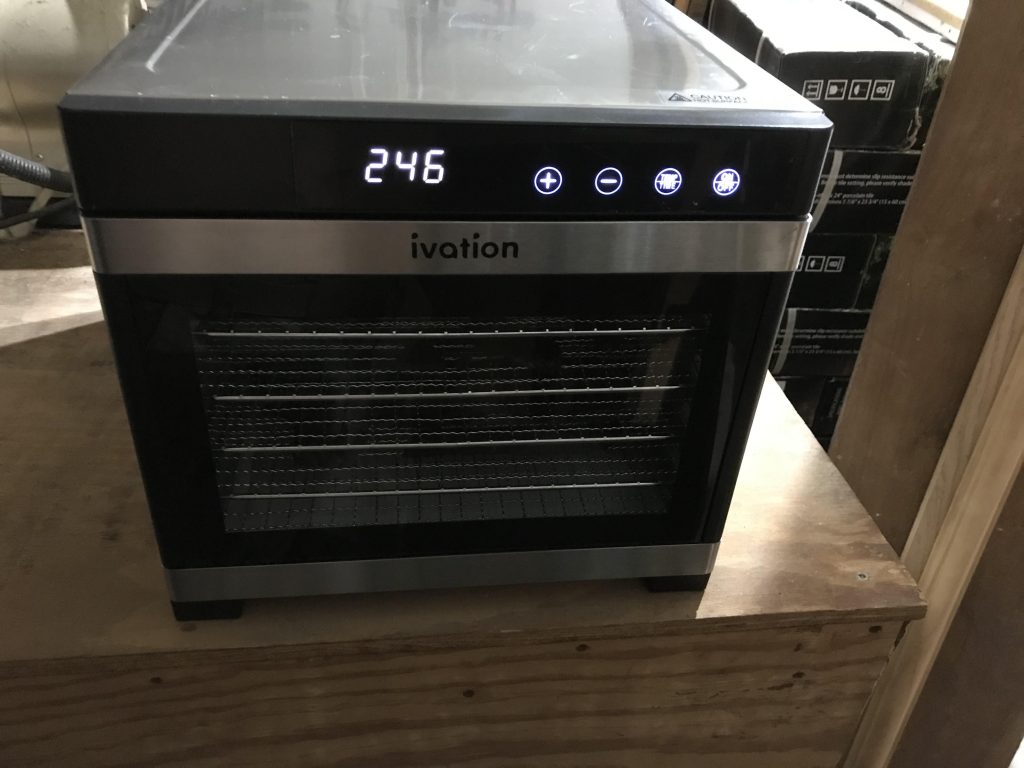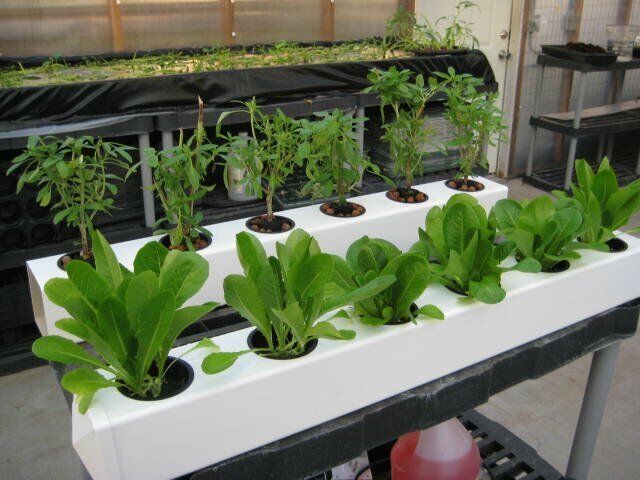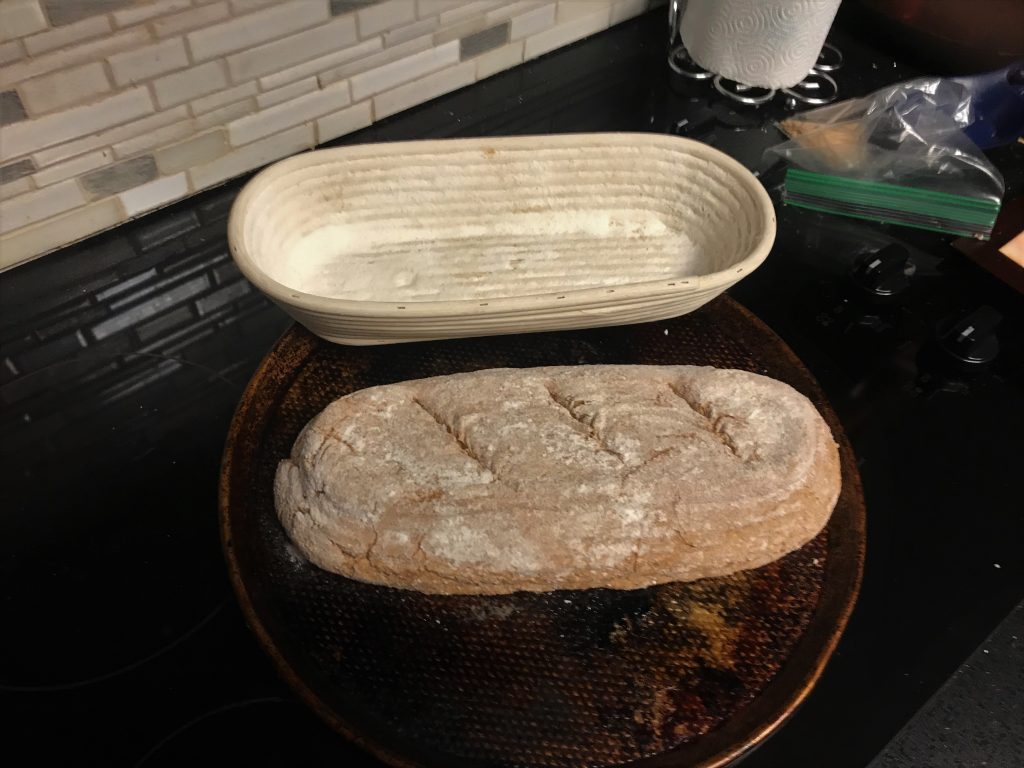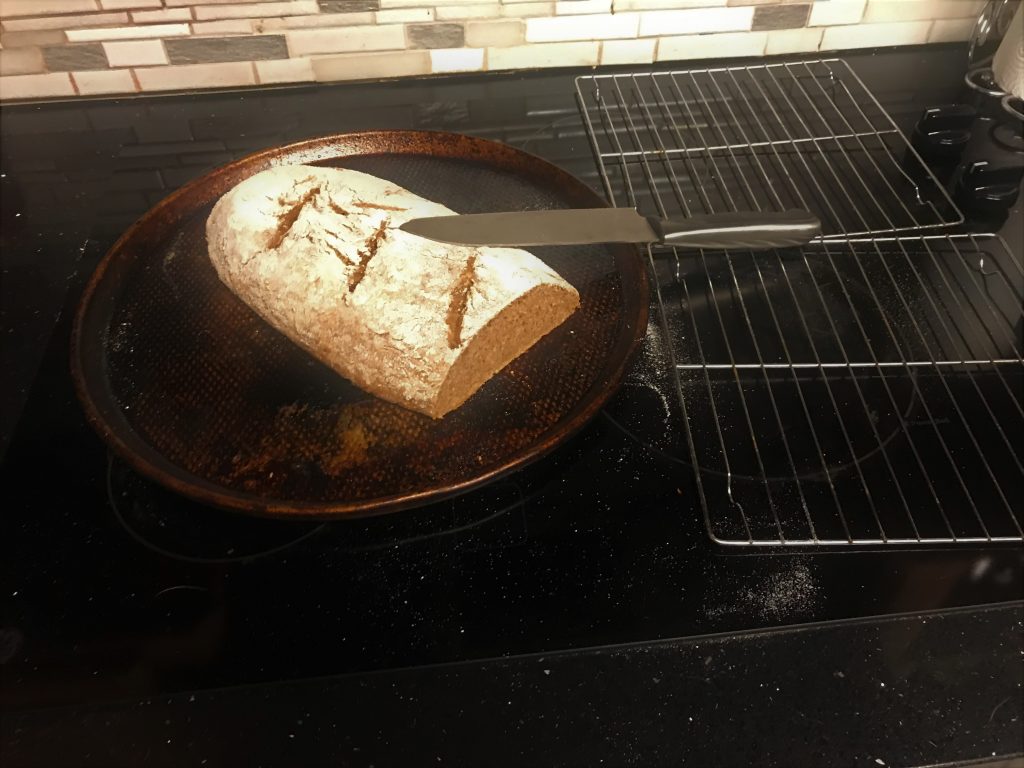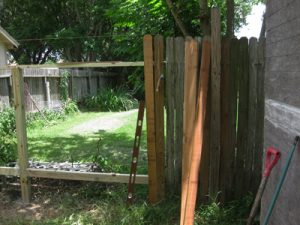by Kelly R. Smith
|
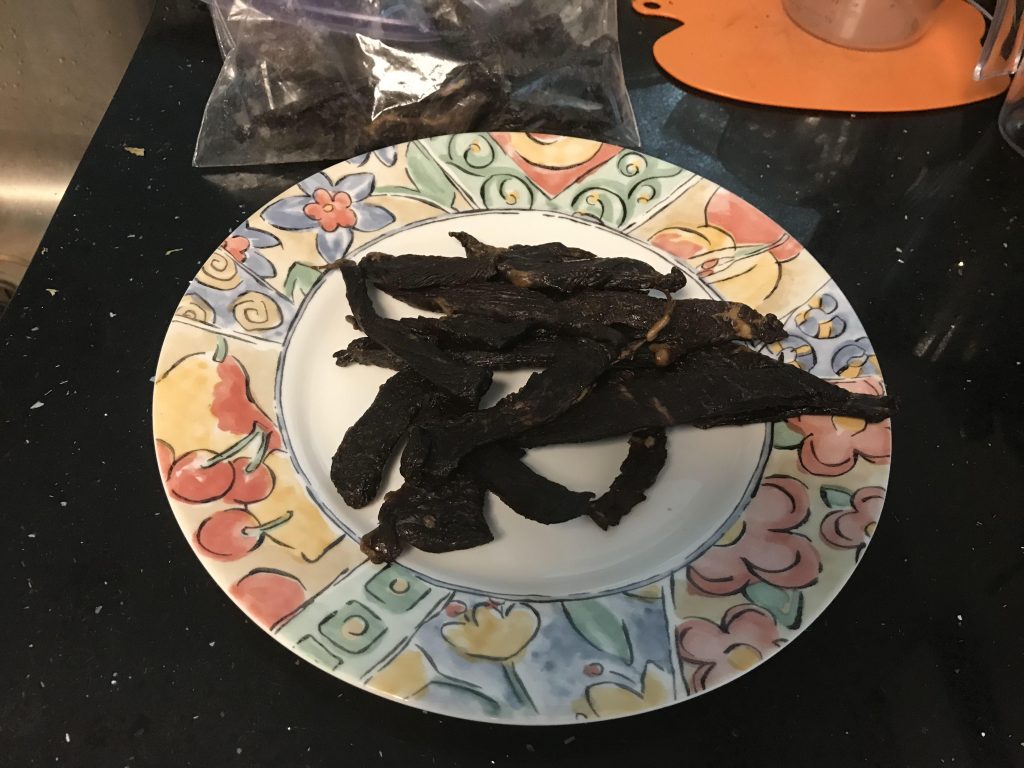
I love beef jerky and I suspect that I am not alone in that respect. But, there are three issues that I have with the commercial variety:
- It’s too expensive.
- The texture tends to be to hard.
- God only knows what kind of chemicals and preservatives are used.
And that is one reason why I invested in a food dehydrator. Now I can make my own marinades and control the texture. I made a batch yesterday so my new appliance is paying for itself already. Next, I’m going to run a batch of apples. But here is the simple jerky recipe.
Beef Jerky Ingredients
- 1 3/4 pounds of thin round sirloin tip. Any lean cut will do. Organic grass-fed is preferable. If you’ve got deep pockets, substitute bison. I know my sister will. That woman knows her food.
- 1 12 oz. bottle of Lawry’s Teriyaki with Pineapple juice.
- Spices to taste. I did not add salt due to my high blood pressure.
Jerky Preparation

- Slice the meat thin. I prefer about 1/4″. Remember that the meat will shrink as it cooks. As for length, about 6″ is what I like but take into account the geometry and size of your food dehydrator. You will likely end up with some irregular pieces, but that’s OK; it’s jerky after all.
- Put the slices in a container. The Pyrex dish you see above worked well.
- Pour the marinade over the beef and mix it up well to ensure a thorough coating.
- Put in in the refrigerator overnight. Some recipes only call for a few hours but the way I see it, I’m already in it this far. Do it up good. I know Perry’s smokes their famous pork chops for several days. If you’ve had one you know that patience is a good habit.
- Stir it all up every few hours. I get up sporadically during the night for a bodacious swallow of ice water so no problemo, friend.
- Pat the slices on paper towels to remove excess marinade.
- Arrange slices on your dehydrator trays. Allow space for air circulation.
- Set the temperature for 160 degrees F.
- Set the timer for 4 hours.
- Check it every so often for your desired degree of done-ness. Mine was perfection at 3 1/2 hours. Turn off the unit.
- Leave it in the dehydrator until it cools.
- Enjoy!
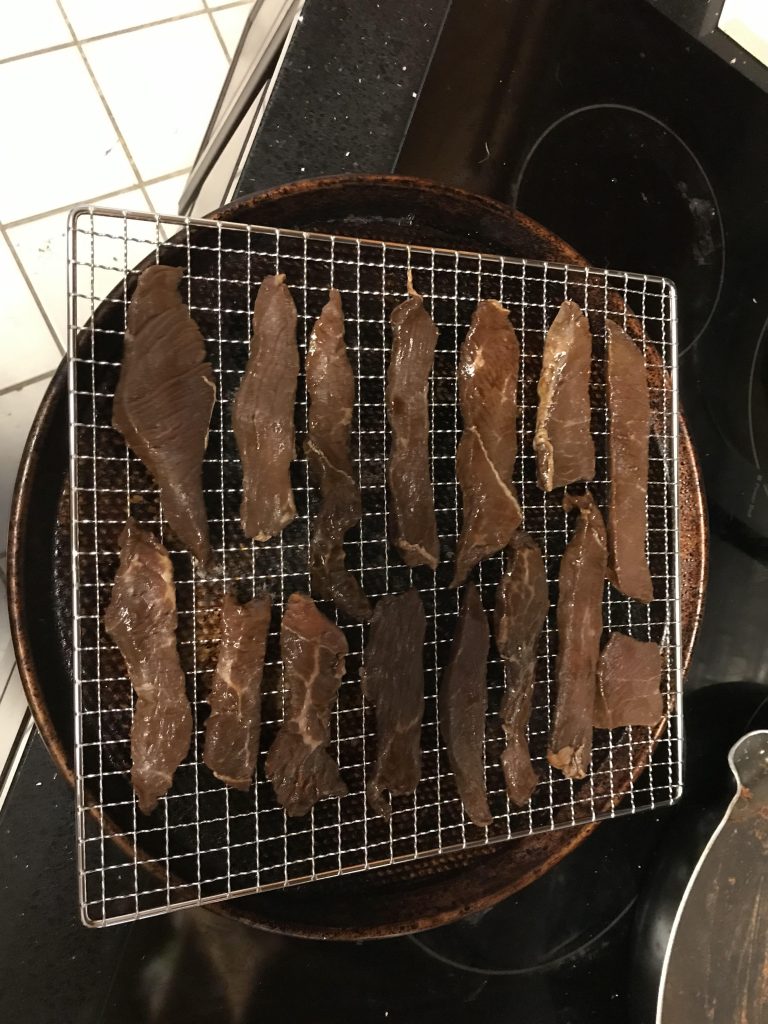
That’s all there is making your own teriyaki beef jerky. Of course, any other marinade works just as well. Buy your favorite or make your own.
Other Recipes You will Enjoy (I Did)
- Turkey Italian Sausage and Peppers Recipe
- Classic Beef Stroganoff Recipe
- Habanero Hot Sauce Recipe
- Low-Carb Spaghetti Carbonara Recipe
- Panamanian-Style Ceviche Recipe

Looking for more great content? Visit our partner sites:
I offer article and blog-writing services. Interested? Hire Me!
Did you find this article helpful? Thanks for supporting this free site with a small donation! We depend on our readers rather than a bothersome paywall to keep the lights on here in the shop.
Visit Kelly’s profile on Pinterest.
About the Author:
 Kelly R. Smith is an Air Force veteran and was a commercial carpenter for 20 years before returning to night school at the University of Houston where he earned a Bachelor’s Degree in Computer Science. After working at NASA for a few years, he went on to develop software for the transportation, financial, and energy-trading industries. He has been writing, in one capacity or another, since he could hold a pencil. As a freelance writer now, he specializes in producing articles and blog content for a variety of clients. His personal blog is at I Can Fix Up My Home Blog where he muses on many different topics.
Kelly R. Smith is an Air Force veteran and was a commercial carpenter for 20 years before returning to night school at the University of Houston where he earned a Bachelor’s Degree in Computer Science. After working at NASA for a few years, he went on to develop software for the transportation, financial, and energy-trading industries. He has been writing, in one capacity or another, since he could hold a pencil. As a freelance writer now, he specializes in producing articles and blog content for a variety of clients. His personal blog is at I Can Fix Up My Home Blog where he muses on many different topics.



